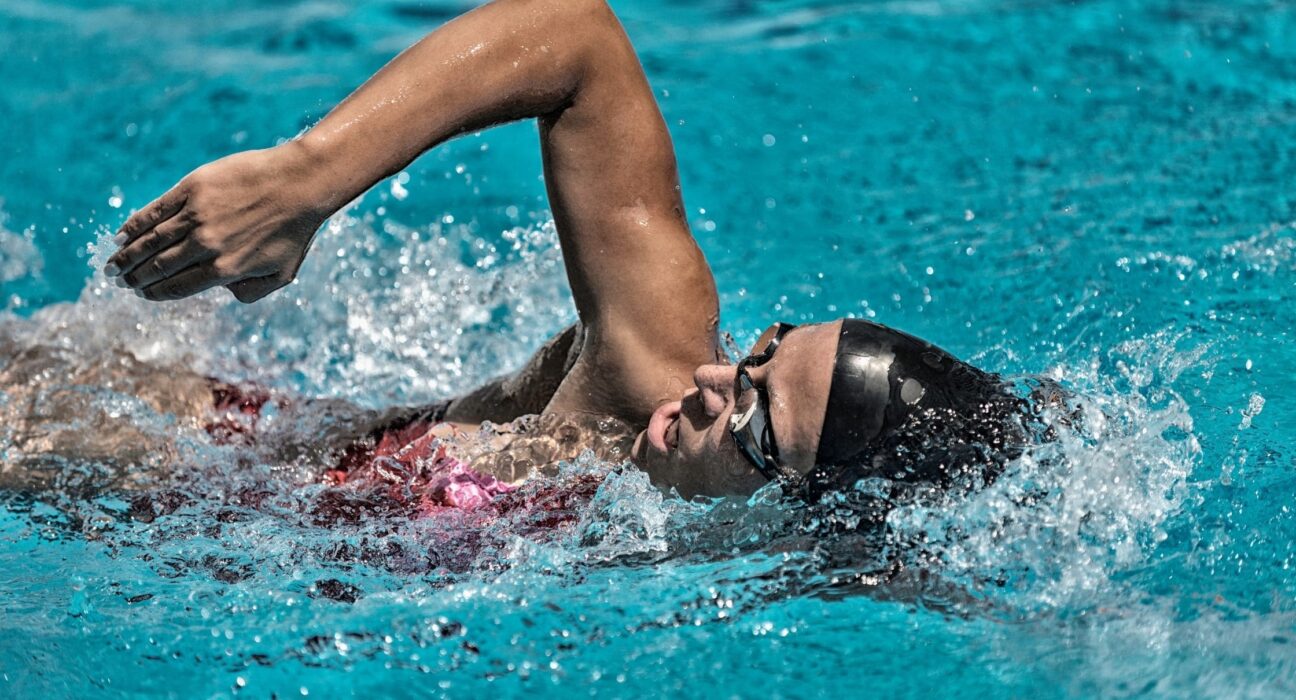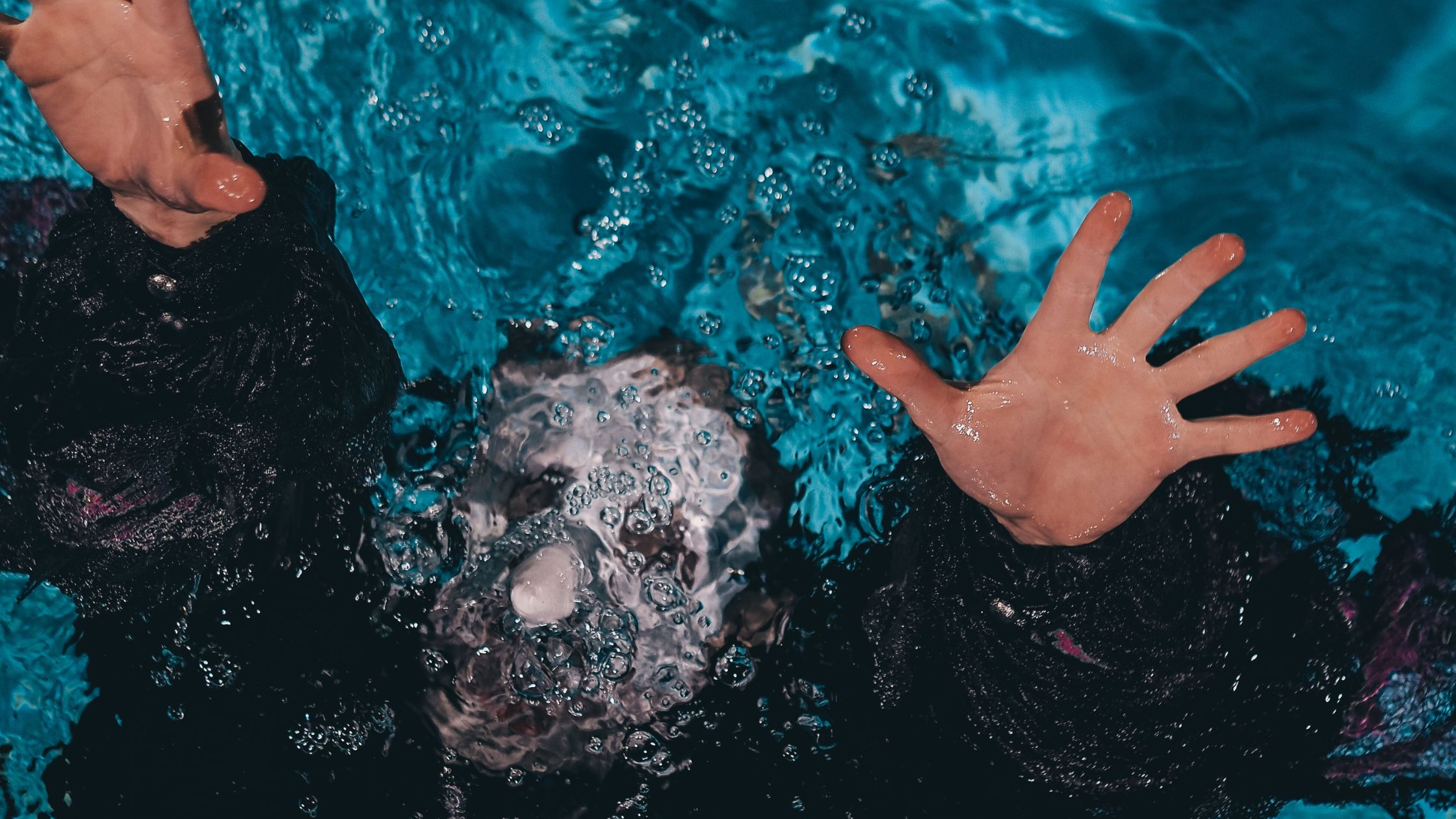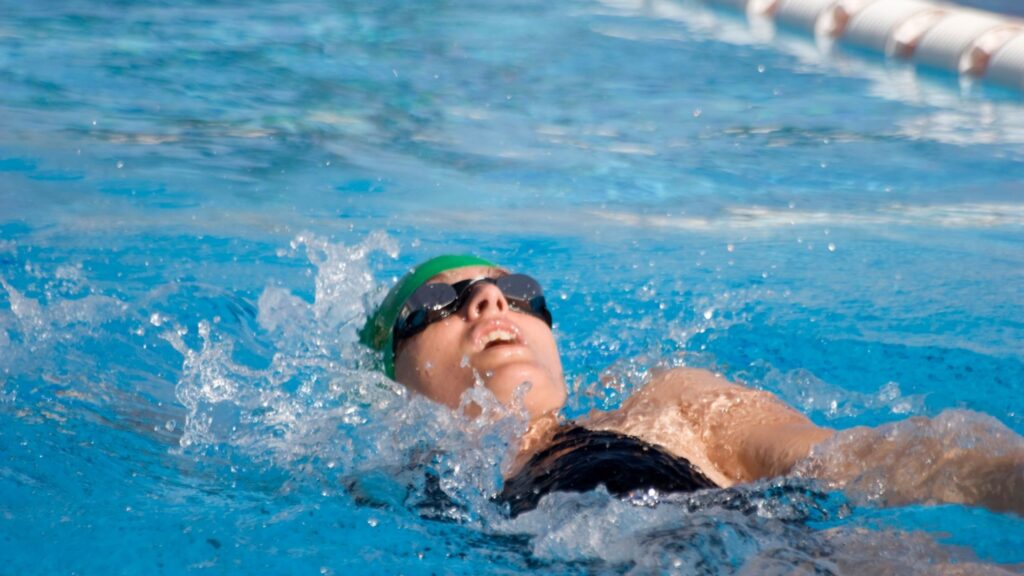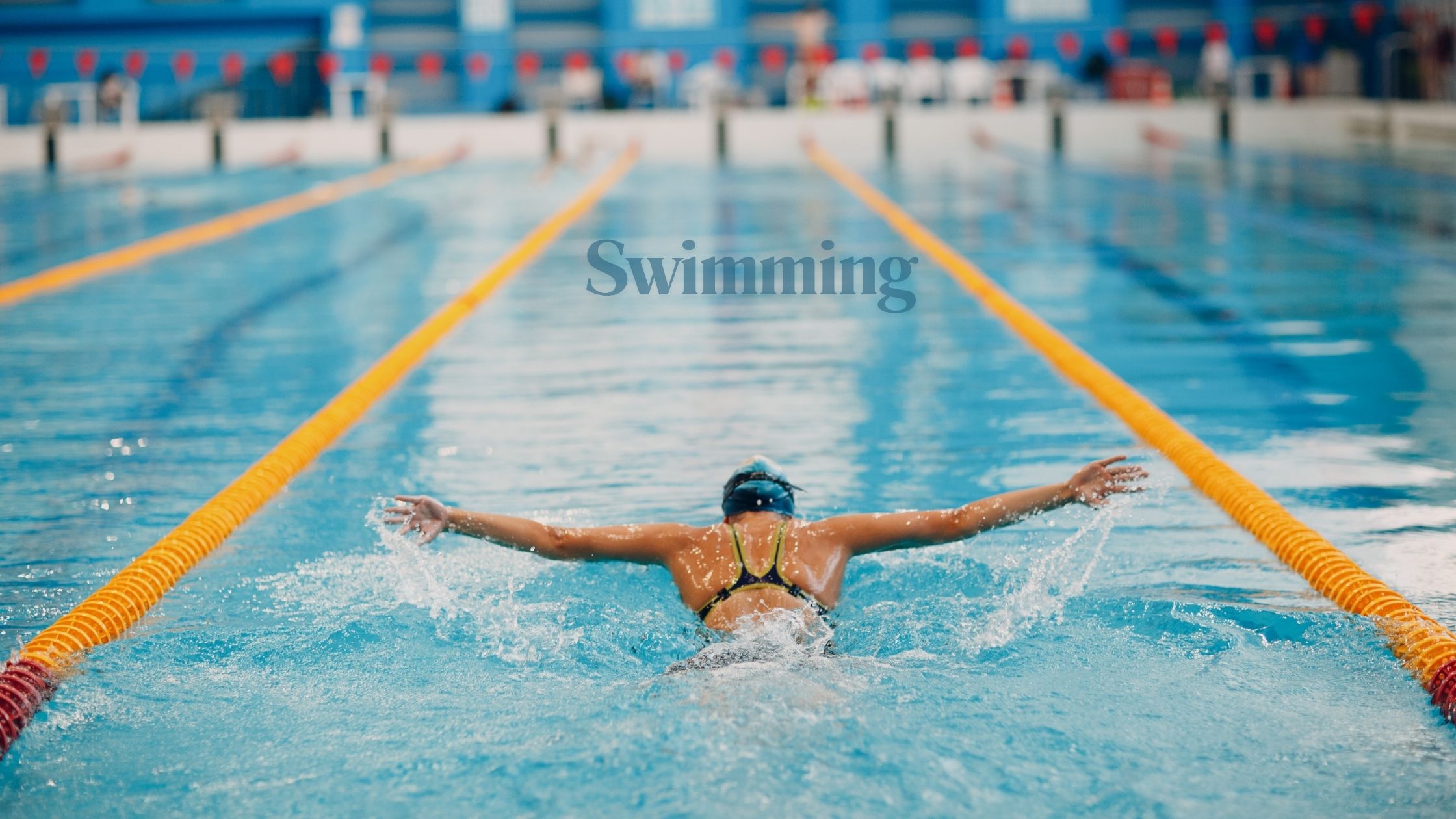What to Do If You Panic in Water: Beginner Survival Techniques

Panic in water is one of the most dangerous responses a swimmer or non-swimmer can experience. Whether you’re swimming in a pool, lake, or ocean, feeling overwhelmed or losing control of your breath can escalate into a life-threatening situation. Understanding how to respond calmly and effectively is crucial for your safety and confidence in the water.
In this in-depth guide, we’ll break down the causes of water panic, share practical survival techniques, offer tips for building water confidence, and reference expert guidance for handling panic in aquatic environments. This content is specifically created to assist beginners and intermediate swimmers in becoming safer and more self-assured in the water.
Understanding Panic in Water
Panic in water usually arises from fear—fear of drowning, losing control, fatigue, or being unable to touch the bottom. The body’s natural response to fear includes increased heart rate, shallow breathing, muscle tension, and disorientation. These symptoms can lead to poor decision-making and rapid energy loss.
The key to overcoming panic lies in preparation, awareness, and learning reliable water survival techniques. If you can recognize the onset of panic early, you’ll have a better chance of managing it and returning to safety.
According to the World Health Organization, drowning remains one of the leading causes of unintentional death worldwide, particularly among children and novice swimmers. This makes panic prevention and survival education a top priority in all aquatic environments.
Signs You’re About to Panic in Water
Knowing the signs of panic can help you intercept it before it worsens. Here are common red flags:
- Irregular or rapid breathing
- Inability to focus
- Flailing arms or legs
- Tensing of muscles
- Feeling dizzy or disoriented
If you notice these signs in yourself or someone else, it’s important to act quickly but calmly.

What to Do If You Panic in Water
The most important response to panic is to stop moving and float. Conserve your energy by leaning onto your back, keeping your limbs spread out, and allowing the water to support your body. Once floating, focus on breathing slowly and deeply.
Try to:
- Relax your body – Tense muscles use more oxygen and lead to faster exhaustion.
- Tilt your head back – This helps your face stay above water.
- Breathe deeply – In through the nose, out through the mouth. Focus on each breath.
- Signal for help – If near others, raise an arm or shout.
The U.S. Coast Guard advises all swimmers to “flip, float, and follow” if caught in an overwhelming situation. This technique encourages people to stop fighting the water and start trusting their ability to float.
How to Avoid Panic in Open Water
Swimming in open water can be unpredictable—waves, temperature changes, or murky conditions can easily trigger anxiety. One of the best ways to avoid panic in open water is to gradually acclimate to the conditions. Start close to shore, swim with a buddy, and wear a brightly colored swim cap or buoy for visibility.
Before entering the water:
- Survey the area for currents and exit points.
- Check weather conditions and water temperature.
- Wear appropriate gear like wetsuits or swim fins.
Most importantly, stay within your limits. Don’t venture too far from shore until you’re fully comfortable with your ability to float, tread water, and control your breathing.
Beginner Water Survival Techniques
Learning basic survival techniques can make a huge difference in your confidence and response during a crisis. Practicing these regularly even outside of a panic scenario builds muscle memory and reduces fear.
Some beginner water survival techniques include:
- Floating on your back – As mentioned earlier, this is essential during panic.
- Treading water – Keep your head above water using a gentle scissor or eggbeater kick.
- Rolling over from front to back – Enables you to switch from swimming to floating quickly.
- Controlled breathing practice – Helps manage anxiety during swims.
- Staying calm underwater – Blow bubbles and keep your eyes open to reduce sensory shock.
These skills are often taught in Red Cross or YMCA swim classes and can be practiced in shallow water for safety. Red Cross Water Safety Training offers certified instruction across the U.S.
Mental Strategies for Managing Fear
Fear often begins in the mind. Visualization and mindfulness can prepare you for water situations that may otherwise trigger panic.
Try these mental techniques:
- Visualization: Picture yourself floating calmly or reaching the edge successfully.
- Mantra repetition: Say something like “I am safe and in control” to yourself.
- Grounding techniques: Focus on the feel of water on your skin or the sound of your breath.
These strategies help break the fear loop and bring your awareness back to the present moment.
Preparing Before You Enter the Water
Panic is less likely when you enter the water with a plan. Here are steps you can take to set yourself up for a calm and safe experience:
- Warm up on land with light stretching and deep breathing.
- Choose a calm entry point such as steps or a sloped beach.
- Inform someone of your swimming plan and estimated return.
- Bring floatation gear or wear a safety vest for extra confidence.
Preparation increases your sense of control, which is key to managing stress responses.
Swimming Panic Attack Tips
If you or someone you know suffers from anxiety, it’s helpful to understand how it can translate into a panic attack in the water. The combination of fear and physical exertion can amplify symptoms.
These swimming panic attack tips can help:
- Stop and float – This is your safest and most stable position.
- Focus on breathing – Use 4-7-8 breathing (inhale 4 sec, hold 7, exhale 8) to lower heart rate.
- Avoid hyperventilation – Blow bubbles underwater to keep breathing slow and steady.
- Make small movements – Gentle kicking or arm sculling helps keep you afloat without using too much energy.
- Seek mental distractions – Count strokes, repeat affirmations, or hum a tune.
It’s also wise to practice with a trusted friend or instructor who can help calm you if symptoms arise.
Swimming with Confidence: Building Trust in Your Abilities
Confidence in the water doesn’t come overnight. It’s the result of practice, positive experiences, and gradual progress. Take small steps:
- Swim in shallow water until you feel comfortable.
- Use pool noodles or floaties as temporary aids.
- Celebrate progress, even if it’s just staying calm for 5 extra seconds.
The more you expose yourself to safe swimming experiences, the less power panic will hold over you.
Helping Others Who Panic in Water
If you’re a more experienced swimmer or a lifeguard in training, knowing how to respond to someone else’s panic can prevent tragedy.
Steps to assist someone in panic:
- Don’t approach directly unless trained—panicked swimmers can pull you under.
- Use a flotation device—reach or throw, don’t go.
- Talk to them calmly—reassure them and guide them to float.
- Call for help if needed—lifeguards and emergency personnel should be alerted quickly.
Safety Tools and Equipment for Beginners
Using safety gear while learning to swim can offer peace of mind and added protection.
Recommended tools:
- Swim buoys (bright, inflatable devices for visibility and rest)
- Goggles (reduce fear of submersion)
- Swim caps (improve visibility in open water)
- Wetsuits (provide buoyancy and thermal protection)
These can be purchased from reputable swim shops or recommended by your swim instructor.
Final Thoughts: Water Safety Starts with Calm Confidence
Panic in water is a real, valid concern, but it doesn’t have to control your swimming experience. By preparing with solid techniques, building water confidence, and practicing regularly, you can learn exactly what to do if you panic in water and take charge of your safety.
Remember: the ability to float and breathe is your strongest ally. With knowledge, practice, and the right mindset, even the most fearful beginner can grow into a strong, calm swimmer.








